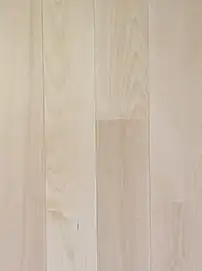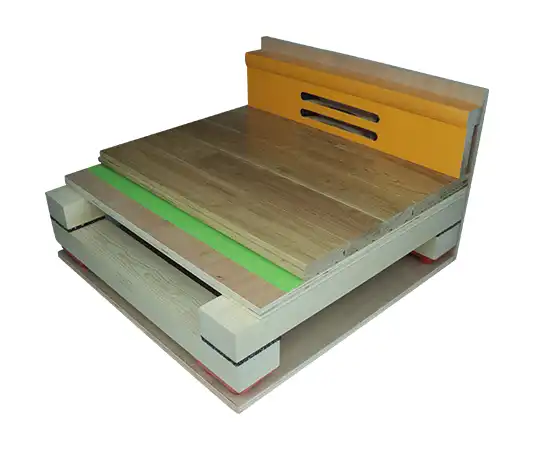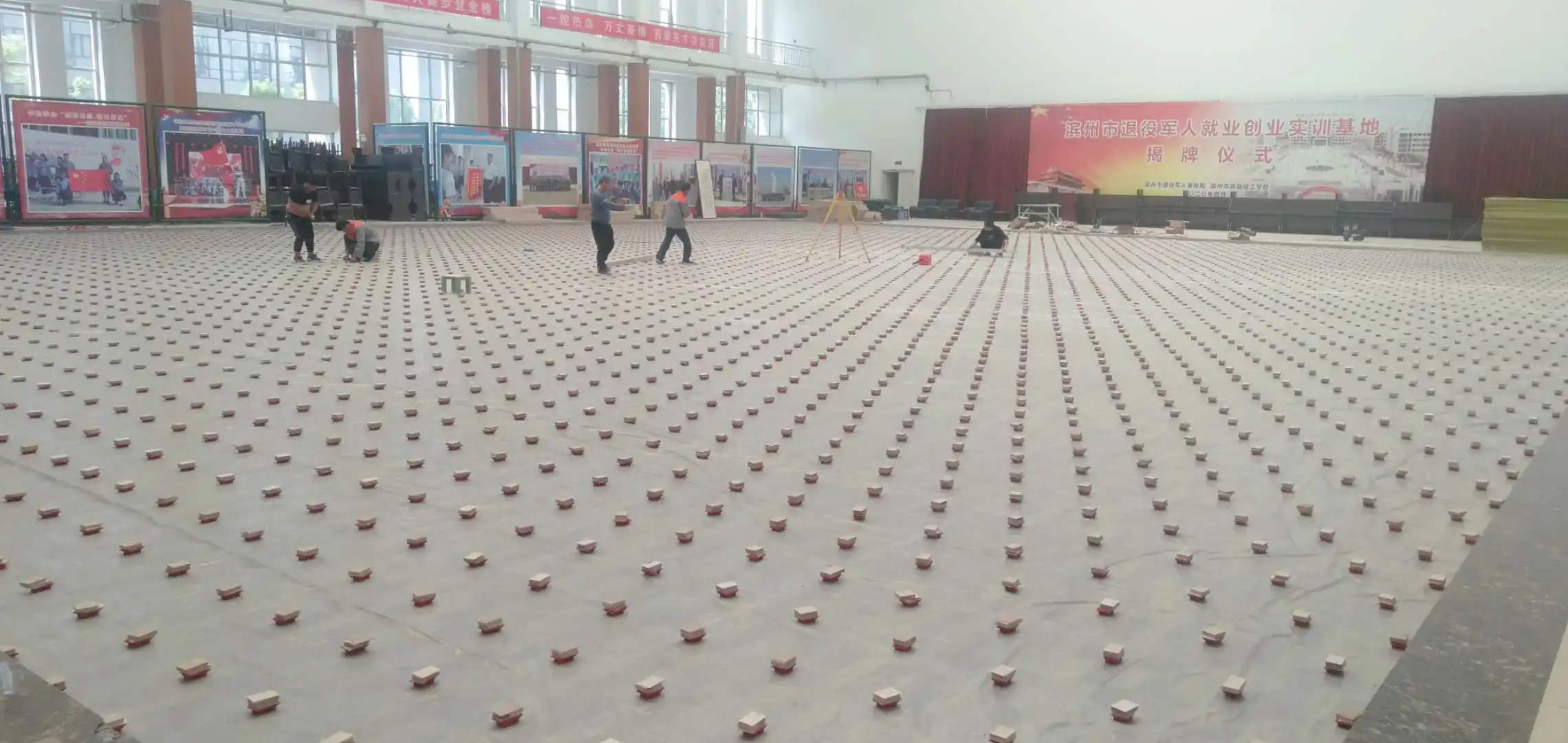Key Questions to Ask Before Investing in a Sports Hardwood Floor: A Buyer’s Checklist for Smart Decisions
When it comes to investing in a sports hardwood floor, it's more than just about aesthetics or durability. Whether you're outfitting a gym, multi-purpose sports hall, or a smaller athletic venue, selecting the right floor can have a significant impact on the safety, performance, and longevity of your facility. With so many options available, it's crucial to ask the right questions to ensure you’re making a well-informed decision.
Here’s a checklist of essential questions to ask before committing to a sports hardwood floor investment, ensuring you choose the best solution for your needs.
1. What is the floor's intended use?
Before purchasing, it's important to assess the floor's intended use. Will it be used for high-impact sports like basketball and volleyball, or for lighter activities such as yoga or dance?
- High-Impact Sports: If your floor will primarily be used for intense activities, choose a wood type and finish that can withstand the constant stress of impact and friction. It will also need to have high shock absorption capabilities.
- Multi-Purpose Use: If your floor will serve a variety of purposes, you may need a versatile surface that accommodates various sports while still providing safety and durability.
2. What wood species is the floor made from?
Not all hardwoods are created equal, and the species of wood used plays a big role in the floor's performance and durability.
- Maple is a common choice for sports floors due to its strength and consistent performance. It offers excellent shock absorption, which is vital for reducing the risk of injuries.

- Oak and other hardwoods may also be used, but these typically offer less shock absorption compared to maple.
Choosing the right species can influence everything from durability to cost, so it’s important to understand which wood species best suits your facility’s needs.
3. What is the floor's finish?
The finish on your sports floor is crucial in protecting it from wear and tear while ensuring safety during play. When it comes to finishes, there are two main types:
- Surface Finish: This is the most common type of finish for sports floors, providing a durable protective layer on top of the wood. It can come in either gloss, satin, or matte finishes and offers resistance to scratches, moisture, and dirt.
- Penetrating Finish: This type of finish penetrates into the wood fibers, providing long-term protection but requires more maintenance over time.
Consider the balance between durability, maintenance, and aesthetics when choosing your floor’s finish.
4. How will the floor be installed?
Floor installation plays a key role in the floor’s longevity and performance. Make sure to inquire about the installation process before making a purchase:
- Suspended System vs. Fixed System: Suspended systems (also known as "floating floors") allow for some movement, which can be beneficial in high-moisture areas. Fixed systems, on the other hand, offer more stability but may be harder to maintain.

- Professional Installation: To ensure proper installation, it’s often recommended to work with professionals. A poorly installed floor can lead to long-term issues, including uneven surfaces, squeaking, or premature wear.
5. What is the floor’s maintenance schedule?
Sports hardwood floors require ongoing maintenance to stay in top condition. Ask the supplier about:
- Cleaning Frequency: Some floors may require more frequent cleaning than others, especially those used for high-impact sports.
- Refinishing and Recoating: How often will the floor need refinishing? Most sports floors will need a fresh finish every 1 to 3 years, depending on use. Understanding the maintenance schedule and costs ahead of time will help you budget accordingly.
6. What is the floor’s warranty?
Always inquire about the warranty and what it covers. A solid warranty ensures that you’re protected against any potential defects or issues with your flooring. Some warranties may cover:
- Manufacturing defects: Problems related to material or manufacturing errors.
- Wear and tear: Many warranties cover premature wear and tear, though it’s important to check the specifics, especially if the floor is used heavily.
- Installation issues: A good warranty should also cover installation errors.
Make sure you understand the terms of the warranty before making a purchase.
7. How does the floor handle moisture and humidity?
Humidity can have a significant impact on the longevity and safety of a sports hardwood floor. Ask about how the floor is designed to handle moisture and humidity levels.
- Moisture Barrier: Many high-quality sports hardwood floors come with a built-in moisture barrier to prevent warping and swelling from excess humidity.

- Climate Control: It's important to maintain a stable indoor climate to prevent the wood from expanding or contracting. Ask your supplier for advice on how to control the temperature and humidity within the facility.
8. What is the overall cost, including installation and maintenance?
When budgeting for your sports floor, ensure you factor in not just the cost of the materials but also the installation, ongoing maintenance, and any additional costs for refinishing or repairs over time.
- Upfront Costs: The material and installation costs are the most significant initial expense, but remember to account for long-term maintenance as well.
- Ongoing Costs: Consider the long-term maintenance costs, such as refinishing, repairs, and any upgrades that might be necessary as your floor ages.
Investing in a sports hardwood floor is a big decision, and asking the right questions can ensure that you get the best value for your money. By understanding the floor’s intended use, materials, finish, installation process, and long-term maintenance needs, you can make an informed choice that will support your facility’s success for years to come. This careful, thoughtful approach ensures that your investment will deliver the safety, performance, and durability needed for athletes and teams to perform at their best.